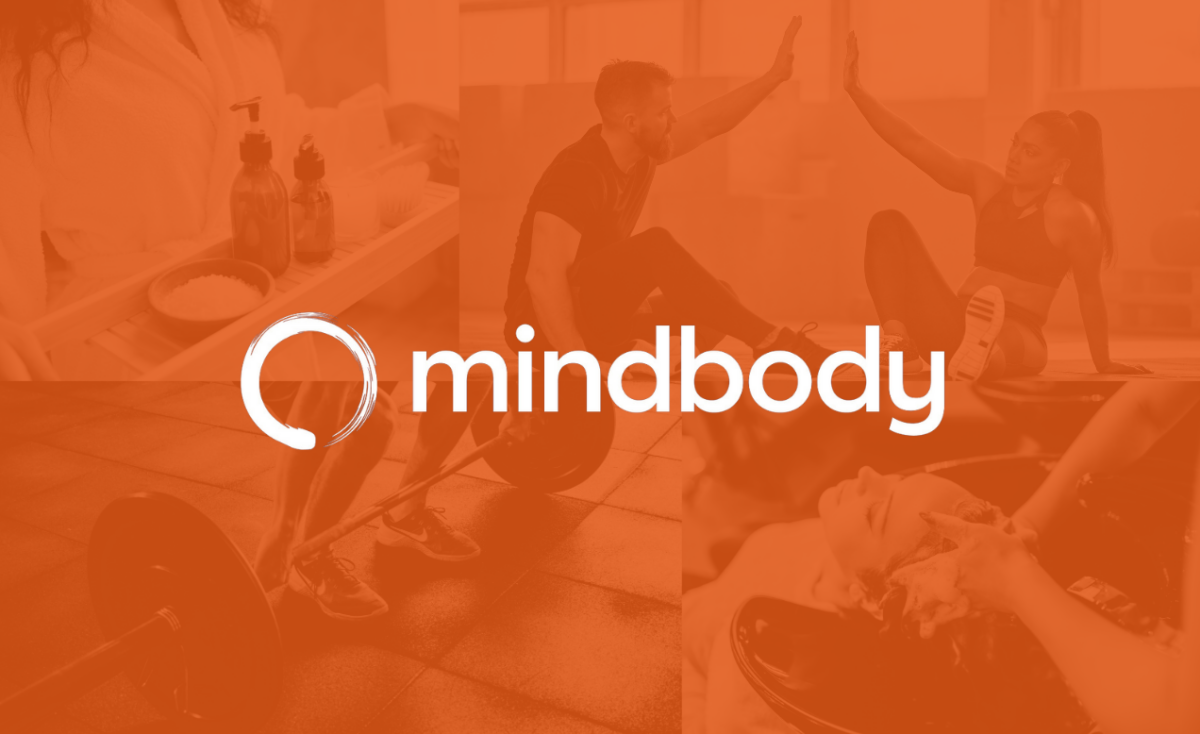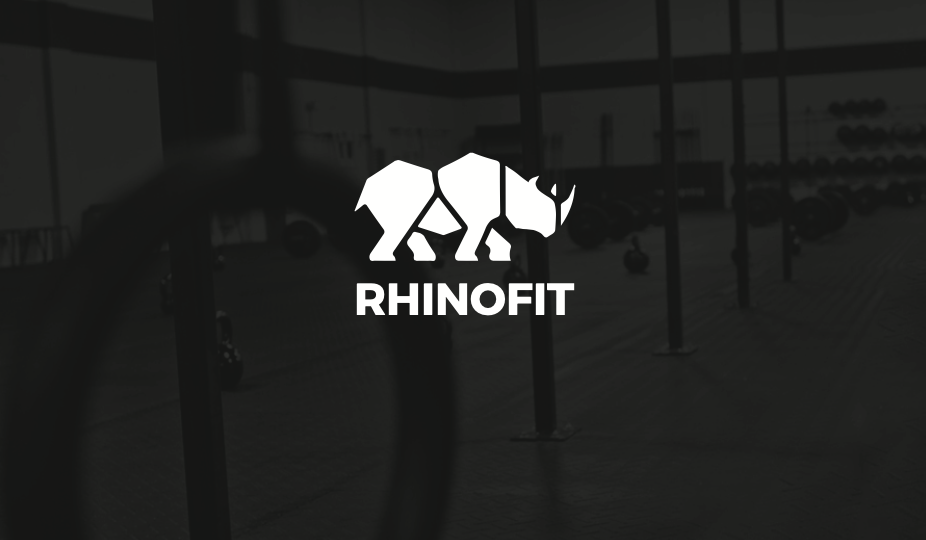If you’re running a fitness studio, gym, or wellness center using Mindbody, you already know how powerful it is for managing appointments, memberships, and payments. But when it comes to digital marketing, Mindbody’s capabilities are limited—unless you pay extra for the Marketing Suite. That’s where … Continue reading “Supercharge your marketing with seamless Mindbody integration”
11 fitness content ideas you can use today
If you’re responsible for marketing a fitness brand in any way, it might be challenging at times to think of creative fitness content that not only tells your brand story but also attracts and retains clients. The goal is to produce high-quality fitness content that’s … Continue reading “11 fitness content ideas you can use today”
Email and text message marketing for Mindbody
DailyStory is an automated digital marketing platform you can trust. Whether sending newsletters, welcome campaigns, reminder messages, cart abandons, or virtually any other type of email or text message marketing, our features will help you grow sales and build loyalty among your customers. DailyStory has … Continue reading “Email and text message marketing for Mindbody”
Email and text message marketing for RhinoFit
DailyStory is an automated digital marketing platform you can trust. Whether sending newsletters, welcome campaigns, reminder messages, cart abandons, or virtually any other type of email or text message marketing, our features will help you grow sales and build loyalty among your customers. DailyStory has … Continue reading “Email and text message marketing for RhinoFit”
How to start a health blog
If you’re interested in health and wellness, you might consider becoming a professional health blogger. Of course, starting a blog is difficult. You’ll need to be tech-savvy and take time to strategize how to promote your content. But if you want to share your knowledge … Continue reading “How to start a health blog”
6 things fitness professionals should know about marketing
Joining the fitness industry typically means that you’re passionate about helping people. It doesn’t always mean that you’re a digital marketing genius. Whether you’re the best personal trainer, group trainer and/or gym owner, you must be able to get the word out about your facilities, … Continue reading “6 things fitness professionals should know about marketing”






